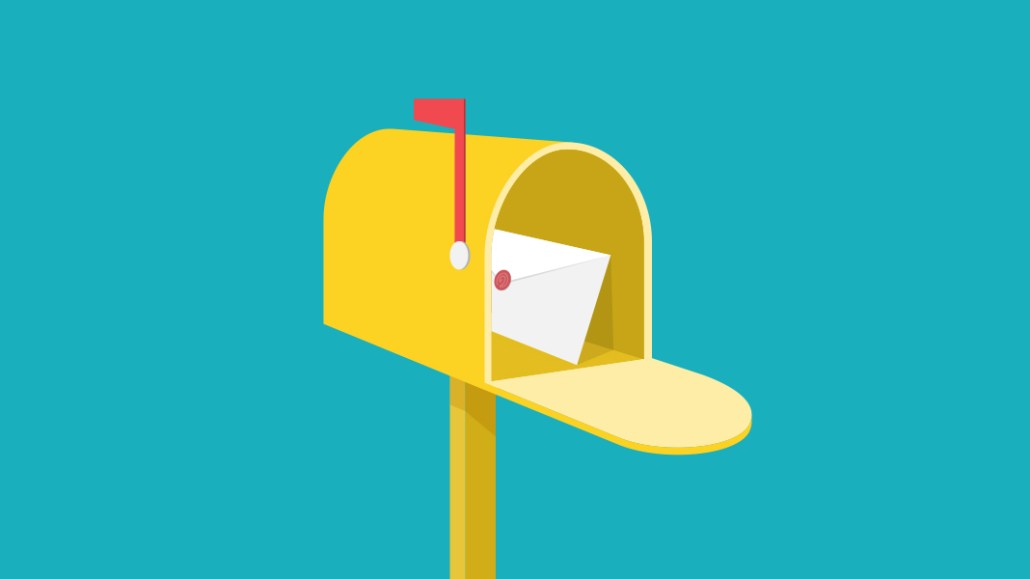Join us Dec. 1-3 in New Orleans for the Digiday Programmatic Marketing Summit
‘It’s like telling a reporter he can’t have a Twitter account’: Reporters are starting their own newsletters outside of their employer

The reporter-written newsletter has become an obsession among freelancers looking to scrounge up support wherever they can find it. But the newsletter-as-side-hustle has gotten traction among salaried writers and editors too.
Just as media companies embraced newsletters because they offer a direct audience connection that platforms and website do not, many reporters now treat them as a tool to communicate more directly with readers, test out new ideas, and nurture obsessions. Some treat the newsletters as a kind of aggregator of their own work; others use them to sound out thoughts that are still forming, hoping that responses from readers will help solidify them into work they can complete at their day jobs.
Consequently, the number of full-time journalists joining newsletter platform Substack has been growing steadily since the platform’s launch in 2017, cofounder and chief operating officer Hamish McKenzie said. The same thing is happening on newsletter platform Revue, according to its CEO, Martijn de Kuijper; neither executive had hard data about how many of their users were full-time reporters or editors.
But these kinds of newsletters also fit into a professional gray area. Most media companies prohibit their reporters from doing freelance work that could be seen as competitive with their day jobs, and managers in any talent-focused industry have always worried about the talent building an audience their employer doesn’t control and can’t monetize.
“I think some editors look at this as, ‘Some reporters will leave with my audience,’ but it was an amazing retention play,” said Alex Kantrowitz, who launched a newsletter, “Tech Giant Update,” while working at BuzzFeed News. Kantrowitz worked at BuzzFeed News for five years before leaving this summer. He still operates a newsletter, now called “Big Technology.”
Kantrowitz created the first version of his newsletter using Tinyletter about two years ago. Around the same time, BuzzFeed had announced internally that it would help to promote the newsletters its talent had created. That move “showed that BuzzFeed had my best interests in mind,” Kantrowitz said, so much so that the promotion kept Kantrowitz at BuzzFeed News longer than he’d planned to stay.
Reporters have parlayed the success of their side newsletters into jobs in the past. In 2016, Will Sommer launched a side newsletter about right wing media and communication called Right Richter while he was working as an editor at Washington City Paper. Two years and two jobs later, Sommer joined The Daily Beast to cover the same topics. He brought the newsletter with him.
But even though side newsletters often focus on the same topics journalists report on at their day jobs, their reporters see them playing a complementary, rather than cannibalistic, role.
David Turner, who started the streaming music newsletter Penny Fractions as a side project while he was covering the music industry for Gizmodo Media, said his newsletter topics were often pitches that his Gizmodo editors had rejected.
Helen Lewis, an Atlantic staffer whose newsletter, the Bluestocking, has been around since 2015, said she uses her newsletter to share rougher, less developed thoughts with readers, as well as links to content she finds interesting, much the way that many writers used to do with blogging.
“There was a [curatorial] function of blogs in the early 2010s that doesn’t really exist anymore, and there isn’t a formal space for it in most publications,” Lewis said. “But there’s still a kind of great hunger for author-led curation.”
The Bluestocking also allows Lewis to have deeper conversations with readers than a platform like Twitter might, which gives her an opportunity to sharpen her thinking in ways that help future Atlantic pieces, she added.
Managers hoping to capture all the upside of newsletters without the risks, have begun testing out ways to give their reporters newsletters that they control. McKenzie said Substack is having conversations with numerous media companies about how they can use his company’s product to build newsletters for their reporters or organizations; in late May, for example, four Wall Street Journal staffers debuted a collaborative newsletter on Substack, called Elevate with clear WSJ branding.
But even if side newsletters present pros and cons to editors, many reporters see them as a tool that no reasonable editor could take away.
“It’s like telling a reporter they can’t have a Twitter account,” said Steve O’Hear, a reporter at TechCrunch who’s maintained a newsletter, In the Know, since 2016.
More in Media

Inside The Atlantic’s AI bot blocking strategy
The Atlantic’s CEO explains how it evaluates AI crawlers to block those that bring no traffic or subscribers, and to provide deal leverage.

Media Briefing: Tough market, but Q4 lifts publishers’ hopes for 2026
Publishers report stronger-than-expected Q4 ad spending, with many seeing year-over-year gains.

Rethinking entry-level hiring in the age of AI: A conversation with Amazon’s Diana Godwin
Godwin, general manager of AWS Certifications at Amazon Web Services, has some insight on how certifications are bridging the skills gap.








